Due to their numerous advantages, clay and concrete tiles are increasingly used to construct roofs. They have a long lifespan, are environmentally friendly, and are also strong against storms and fire. The tiles are made to be robust, yet they are not meant to be walked on. Nonetheless, you may find yourself in a position where you must walk on the roof. If you encounter one, you'll need to know how to traverse roof tiles without causing harm safely. Even though roof tile manufacturers typically do not expressly guarantee to shatter due to foot traffic, care must be exercised when doing so. Not only do you want to avoid breaking your roof tiles, but you also don't want to put yourself in danger. It's suggested that you choose a reputable and bonded roofing contractor to complete the work. So, can you walk on terracotta roof tiles?
Here are how to walk on roof tiles securely and several recommendations on maintaining them.
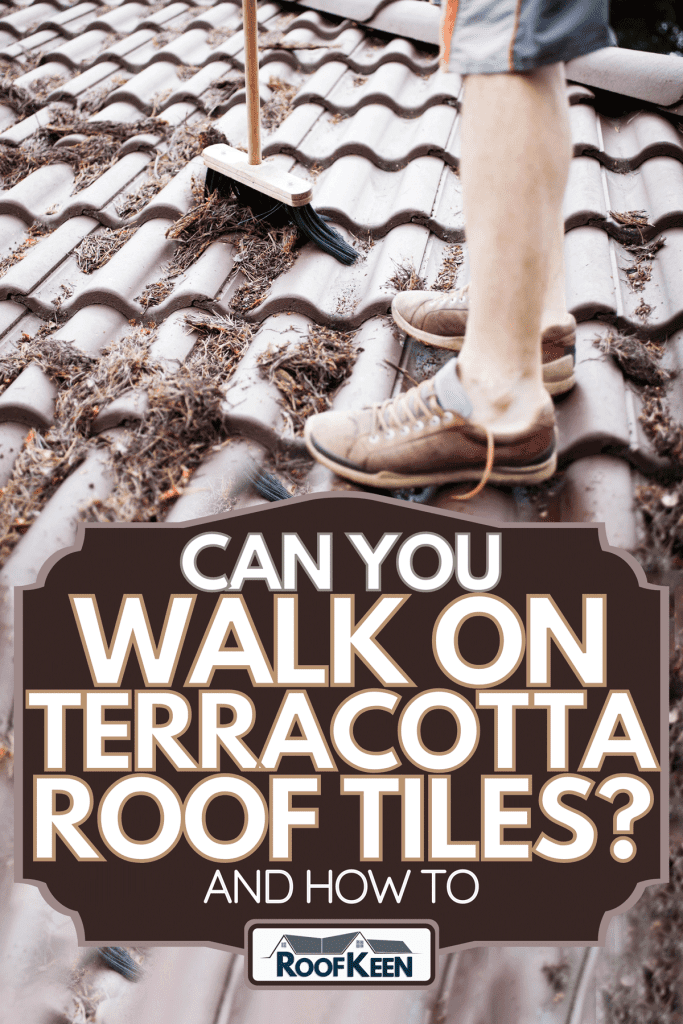
Can you walk on terracotta roof tiles?
Yes, you can walk on terracotta roof tiles. Unlike other types of roofing materials, Terracotta roof tiles are extremely delicate. They are particularly prone to shattering if the roof tiles haven't been backfilled.
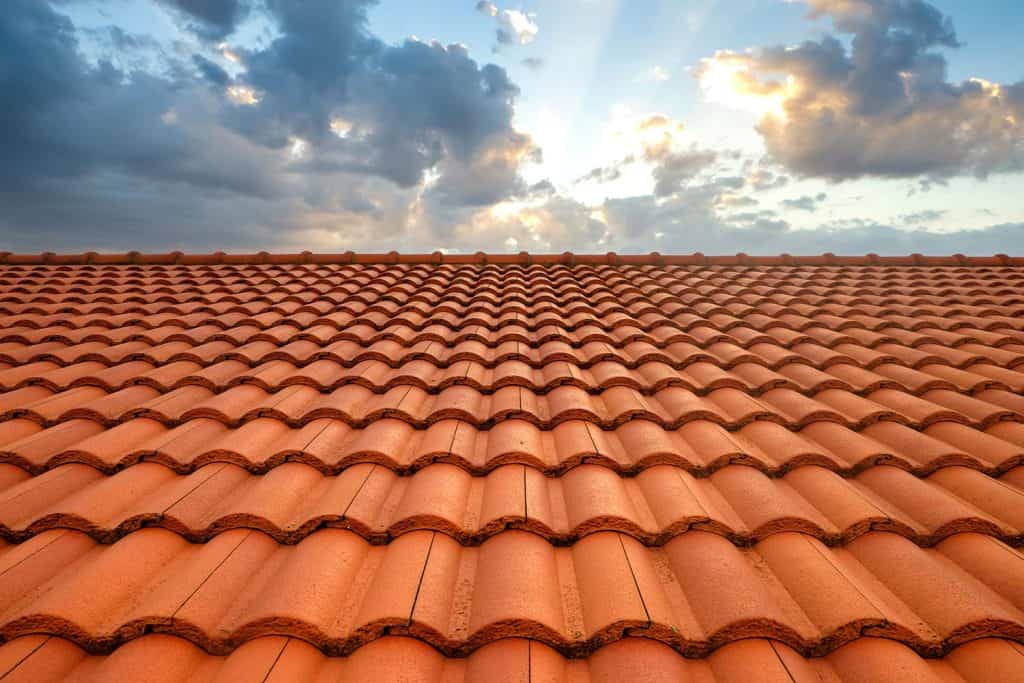
The basics of how to walk on a terracotta tile roof are similar to those for roof tiles, although you must exercise greater caution. The following are the steps to take in order to prevent and minimize clay roofing damage.
- Slippery tiles are notorious for being so slippery that they need anti-slip shoes.
- Put your step where tiles are overlapping.
- Align your foot with the curve of the terracotta tiles.
- Place the arch of your foot on the highest point of the curve and your toes in the groove between.
- Put one foot on each tile; don't put your weight on one point. Instead, distribute the load by standing on different tiles with each foot.
Now let's see how clean your tile roof is.
Steps to Clean Tile Roof
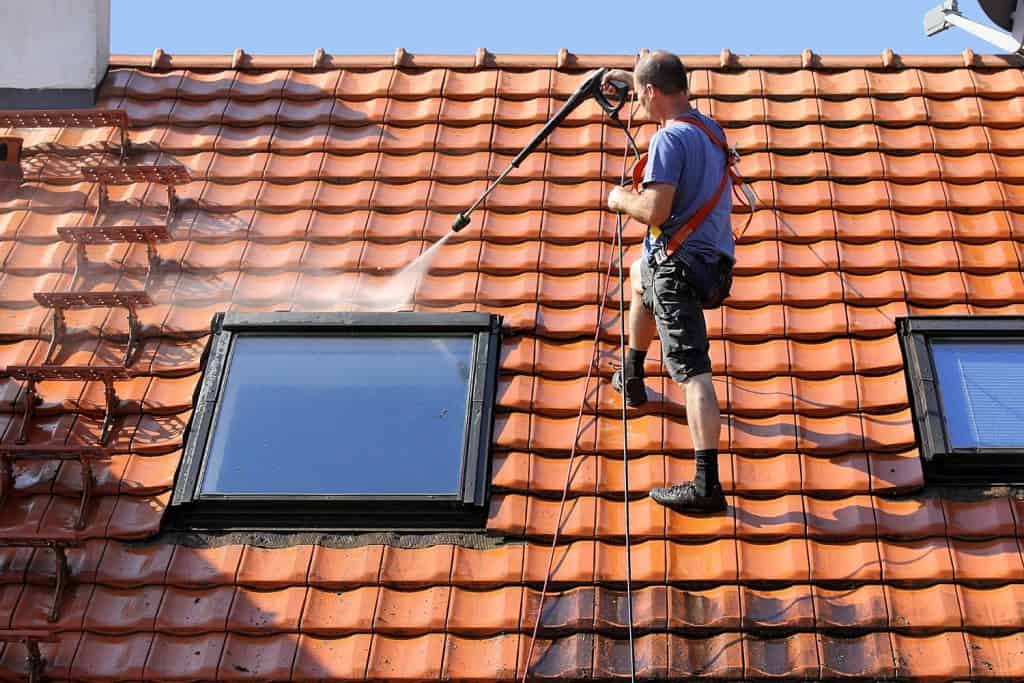
It is preferable to understand how to clean tile roofs since they must be cleaned every few years. So, while you're up here, why not get your roof tiles washed?
Here are the steps to get it done:
- Prepare personal protective and safety gear, such as non-slip shoes, protective gloves, safety harness, and so on.
- Check the water tank and gutters: Disconnect the gutter system from the water tank if you used it during cleaning, as there may be several chemicals in use.
- Remove moss and algae: There's a good chance that moss and algae will accumulate and cover most of the roof tiles region. You may use a roof scraper or anti-moss spray to get rid of them.
- Finally, use water to clean the tiles: high-pressure water may be used, but it's always preferable to use soft brushes and water hoses.
How to Walk on a Tile Roof
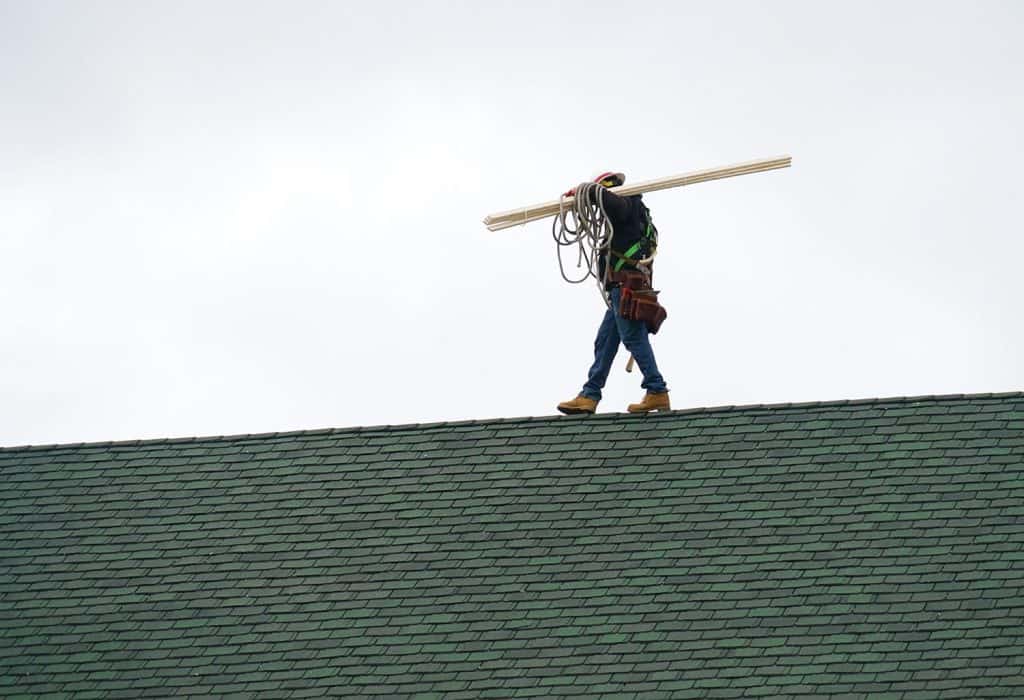
After the space is clean, it's time to figure out how to walk on roof tiles. Wait until the washed roof tiles have dried before walking on them, so you don't have to deal with a wet surface.
Follow these five simple steps to make it happen:
- Choose the tiles one at a time, testing each one to see if it can bear your weight before you place any of your feet on them. Selectively step on the overlapped tiles because they are more durable and less likely to break.
- Set your foot so that it arches in the direction of each tile's curvature.
- Keep your weight equally dispersed between both feet and ground to walk slowly.
- When you're stepping on separate tiles, your feet are less likely to be pressed together.
- Between the tile pieces, walk on the exposed valley region. To avoid stepping on the tiles, walk on the layer beneath the roof tiles if it is visible.
How to Protect Roof While Walking on It
It's all about learning how to walk on your roof without damaging it. You can only know how to walk on a roof without harming the shingles if you understand your roof's fragility level.
Following are some suggestions for protecting various sorts of shingles:
- Cupped roof shingles: If you must walk on it in the cold, keep your distance from the curved raised curled portion and don't step on the cupped part. Avoid walking over the flattened area at all costs since if you do, you'll break the corner, which will necessitate a new roof.
- Cracked roof shingles: The formation process varies depending on the cause and degree of fracture. If the fracturing is due to thermal splitting, walking on the tiles is unlikely to exacerbate the problem.
- Curled roof shingles: Don't wander on them when it's cold outdoors. Step onto the flat part by tip-toeing. Examine the fragility of the shingles. Stepping on brittles when it's warm outside must also be avoided.
Frequently Asked Questions (FAQ)
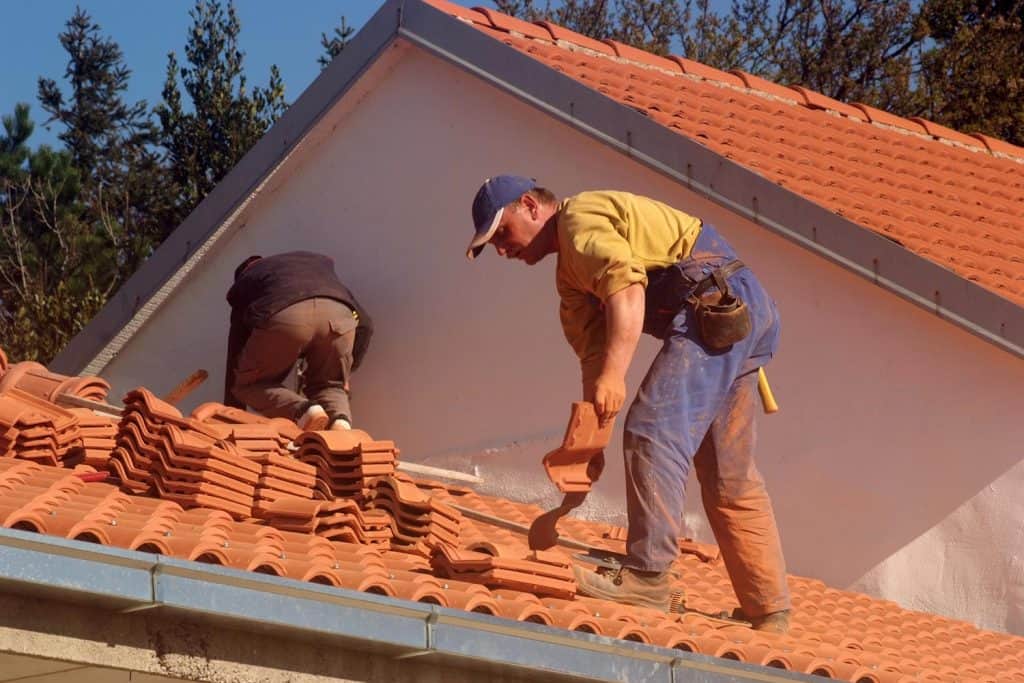
What is the best way to walk on a barrel tile roof?
When walking on either a flat or sloping surface, keep your feet parallel to the ridge and try to distribute your weight equally. On high barrel tiles, such as Capistrano concrete roof tile profile from Eagle Roofing Products, you should spread your weight with the heel and toe of each foot on adjacent tiles' high points.
How do you maintain a tile roof?
To properly maintain a clay tile roof, you should:
- Get your roof checked.
- Clean your tiles.
- Seal your tiles.
- Remove debris from your roofing system (eaves, gutters, vents).
- without the need to wash the streaks
What is the average lifespan of clay roof tiles?
Concrete tile is the most durable and long-lasting of all tiles, with a warranty of 50 years. Slate tiles are one of the longest-lasting roofing materials, with a lifespan of at least 100 to 150 years. Most clay or slate tiles may endure for more than a century, while most concrete tiles have a 50-year guarantee.
When is the right time to replace my concrete tile roof?
If you look at residual water levels in the photograph above, you can see that they are generally relatively high, so it's possible that your roof will need to be replaced after 30-40 years. Sometimes it's even sooner than that because of poor installation techniques or materials. In the worst situations, this may even happen within 5-8years after the 1st installation.
